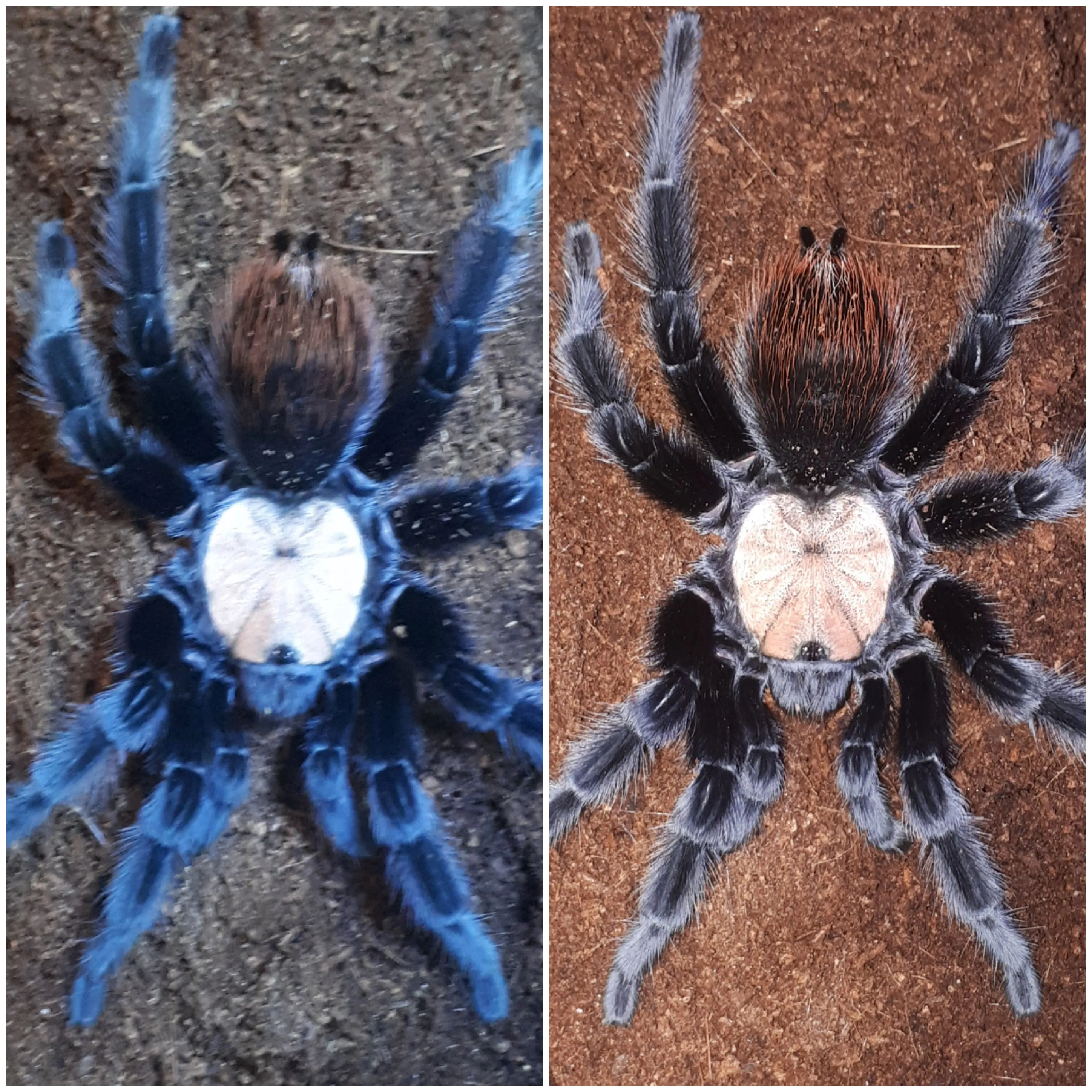Understanding Albiceps Tarantula Slings
Embarking on the journey of caring for an Albiceps tarantula sling can be an incredibly rewarding experience. These miniature arachnids, while small in size, possess the same captivating characteristics as their adult counterparts. Successfully raising an Albiceps tarantula sling requires a commitment to providing a suitable environment and understanding their unique needs. This comprehensive guide will walk you through every aspect of caring for your Albiceps tarantula sling, from setting up their enclosure to addressing potential health issues, ensuring a thriving life for your new pet. With patience and the right knowledge, you can witness the fascinating growth and development of your Albiceps tarantula sling into a stunning adult.
What is an Albiceps Tarantula Sling?
An Albiceps tarantula sling refers to the juvenile stage of the Aphonopelma albiceps tarantula. Slings are essentially baby tarantulas, newly hatched and significantly smaller than adult specimens. They are more vulnerable and require specialized care to ensure their survival and healthy development. Due to their small size, Albiceps tarantula slings are often housed in smaller enclosures than adults. They also have different dietary needs and require a consistently humid environment. Understanding the specific requirements of this life stage is crucial for anyone considering keeping an Albiceps tarantula sling.
Origin and Habitat
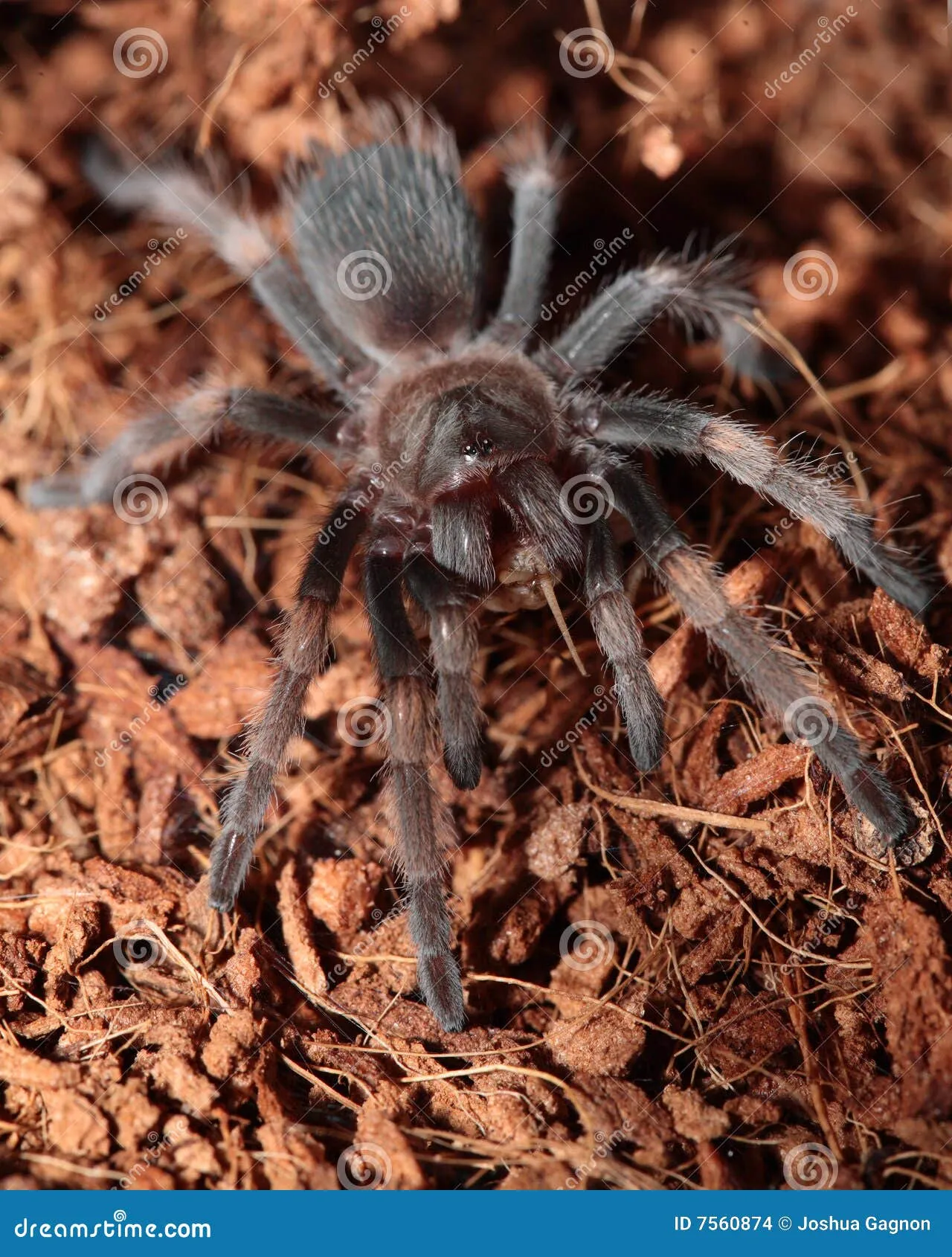
The Aphonopelma albiceps tarantula originates from the grasslands and scrublands of Brazil. In their natural habitat, these tarantulas are terrestrial, meaning they live on the ground. They are burrowing spiders, often creating elaborate underground retreats. The environmental conditions in their native habitat influence the needs of the sling. When setting up a habitat, replicating these conditions as closely as possible is essential. Proper temperature, humidity, and substrate are all key to mimicking their natural environment and promoting healthy growth.
Essential Equipment
Setting up the right environment is the first step toward successfully raising an Albiceps tarantula sling. Choosing the proper enclosure, substrate, and accessories can be critical. The items chosen will provide the best environment for your sling to thrive. Proper care includes understanding the importance of each piece of equipment and its contribution to your tarantula’s health and well-being. Ensuring that these tools are of good quality is an investment in your tarantula’s welfare.
Enclosure Size and Setup
For Albiceps tarantula slings, a small, secure enclosure is a must. A deli cup or a small, clear plastic container with a ventilated lid is often suitable. As the sling grows, you will need to upgrade the enclosure accordingly. The enclosure should be large enough for the sling to move around but not so large that it has difficulty finding food. Ensure the enclosure has adequate ventilation to prevent the buildup of moisture. The container should be easy to access for feeding and cleaning. This ensures your sling remains healthy and safe.
Substrate and Decor
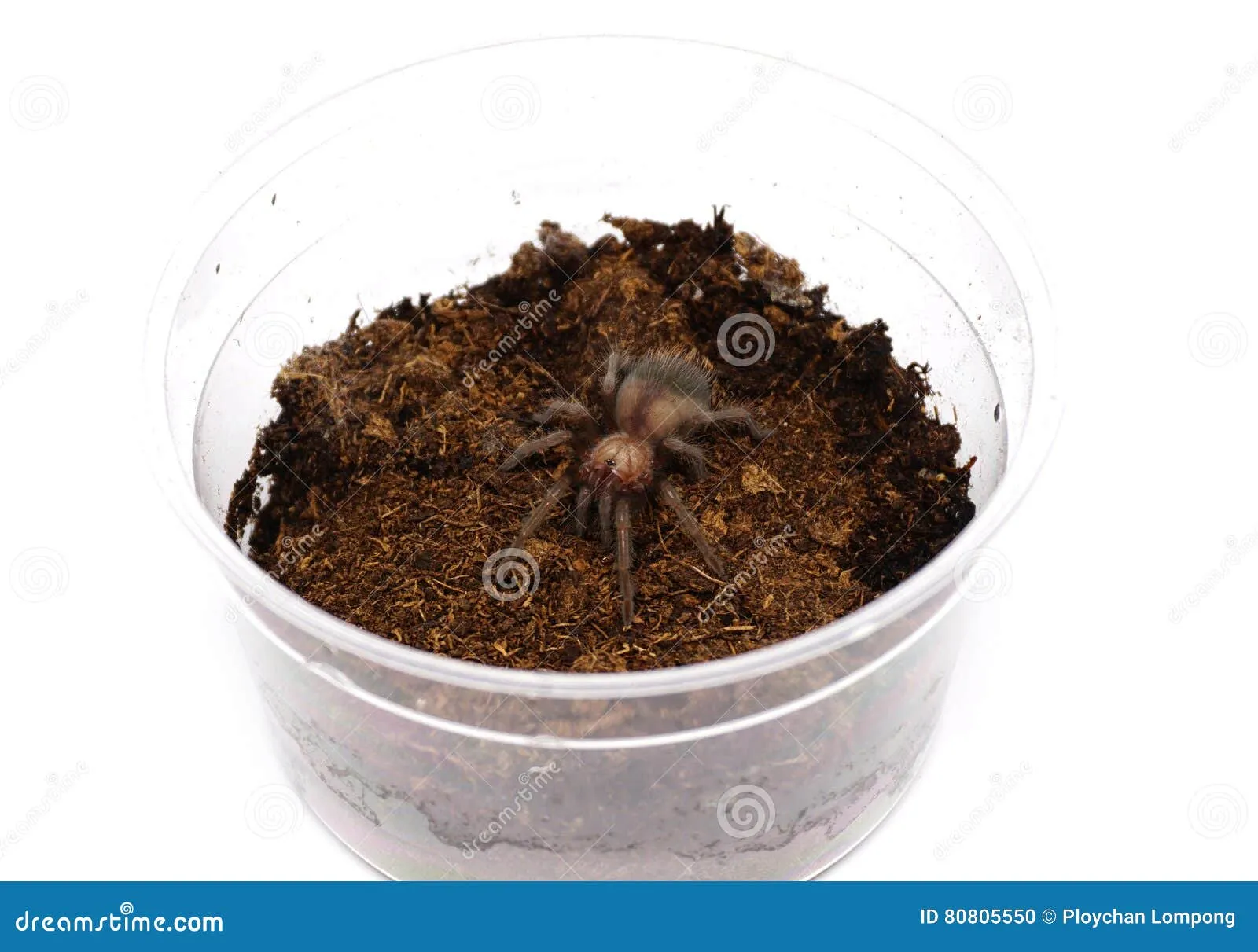
The substrate should be a mix of vermiculite, peat moss, and a little bit of coco fiber. This combination retains moisture and provides a safe environment for the sling to burrow. Avoid using sand or gravel, as these can be difficult for slings to navigate and can be harmful if ingested. Provide a small hide, such as a cork bark or a piece of plastic plant, for the sling to feel secure. The hide will provide a safe retreat for your Albiceps tarantula sling. Include a shallow water dish for the sling to drink from, which will also help maintain humidity. Regularly check the substrate and hide for any mold, remove and replace as needed.
Temperature and Humidity
Albiceps tarantula slings thrive in a temperature range of 75-85°F (24-29°C). Maintaining a consistent temperature is important, using a heat mat or a small heat lamp. Monitor the temperature with a thermometer to ensure it stays within the acceptable range. Humidity levels should be maintained between 60-70%. Regular light misting of the enclosure will help maintain the required humidity. The goal is to keep the environment consistent without creating too much moisture, which can lead to mold growth and health problems. A hygrometer is helpful in tracking the humidity levels.
Feeding Your Albiceps Tarantula Sling
Feeding your Albiceps tarantula sling requires patience and careful attention to their dietary needs. The size of the prey items and feeding frequency will influence how your sling grows and develops. Offering the right foods, at the right times, ensures that your sling receives the necessary nutrition. This will allow it to thrive. Understanding the diet of your Albiceps tarantula sling and having access to the right food is important for its health and growth.
Choosing the Right Food
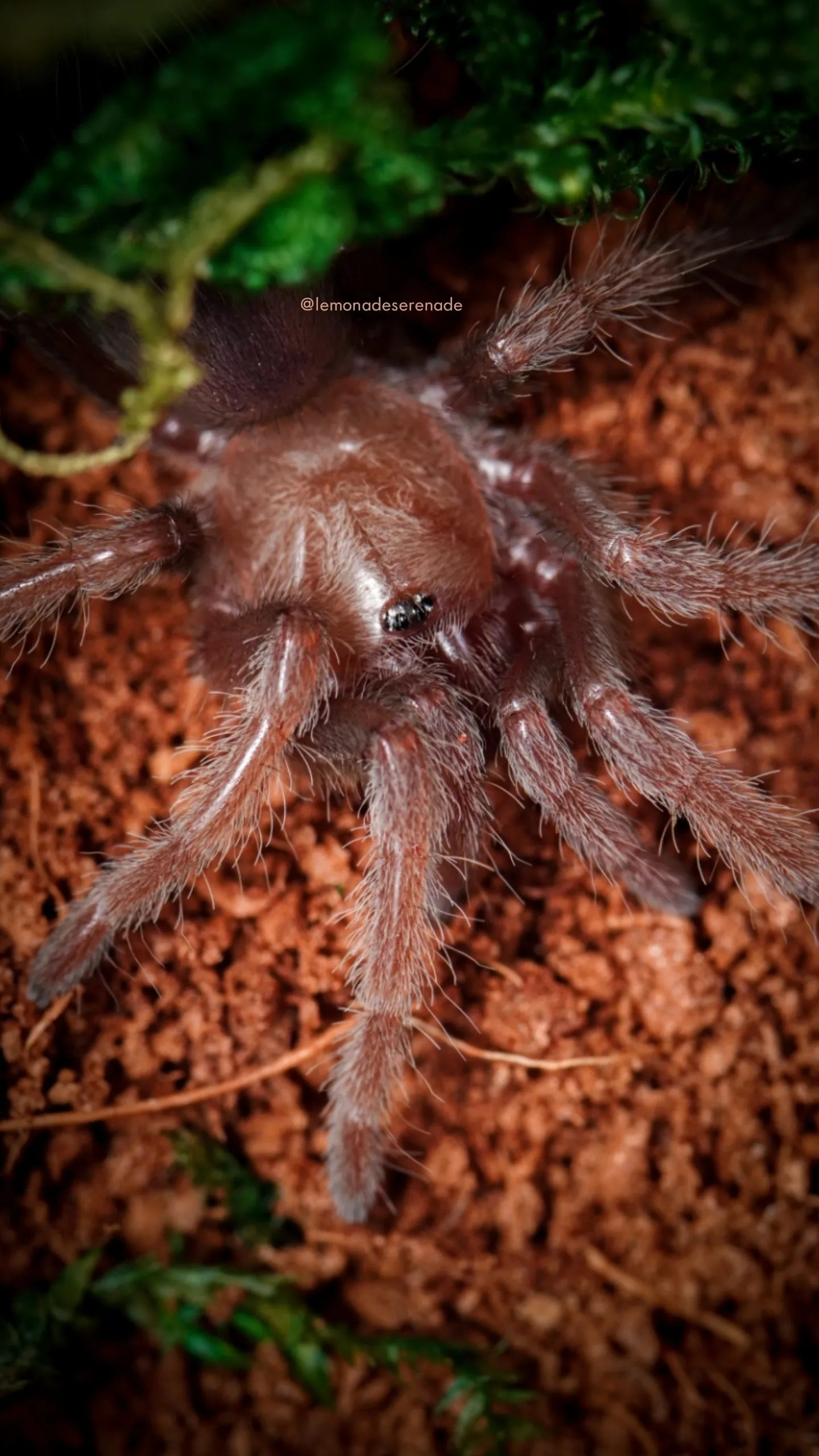
Albiceps tarantula slings are insectivores, and their primary diet consists of live insects. Small, flightless fruit flies are an excellent starting point for newly hatched slings. As they grow, you can introduce pinhead crickets, small mealworms, and roaches. Make sure the insects are appropriately sized and smaller than the tarantula’s body. The prey should be gut-loaded (fed nutritious food) before being offered to the sling. This ensures that the tarantula receives maximum nutrients. Provide fresh, clean food for the insects.
Feeding Frequency
Young Albiceps tarantula slings should be fed every other day, or even daily, depending on their growth rate and appetite. Observe your sling’s behavior. If the sling is actively hunting and eating, then increase the feeding frequency. Remove any uneaten prey within 24 hours to prevent stress and ensure the sling’s health. Decrease feeding frequency as the tarantula grows. Adjust the feeding schedule as your tarantula molts and its metabolism changes. Overfeeding can be as detrimental as underfeeding. Observe, adapt, and adjust to your Albiceps tarantula sling’s needs.
Watering Your Sling
Provide a small, shallow water dish filled with clean water. The water dish should be small enough to prevent the sling from drowning. Always ensure that the dish is filled with fresh water. Alternatively, misting the enclosure lightly every other day can provide sufficient moisture for hydration, especially for very young slings. Be careful not to over-mist, as excessive moisture can lead to mold or fungal growth in the enclosure. Monitor the water dish and the overall humidity levels to adjust the watering schedule as needed, ensuring the health of your Albiceps tarantula sling.
Maintaining the Enclosure
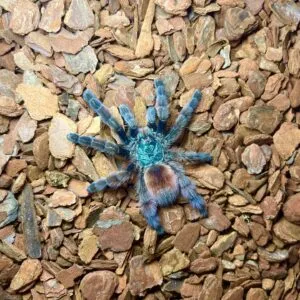
Regular cleaning and maintenance are essential for keeping your Albiceps tarantula sling healthy and the environment stable. Maintaining a clean and healthy enclosure prevents the buildup of bacteria and provides the sling with a comfortable environment. This helps your tarantula grow and develop safely, allowing you to enjoy the wonder of watching your Albiceps tarantula sling thrive and become an adult.
Cleaning and Maintenance
Spot clean the enclosure regularly, removing any uneaten food, dead insects, and fecal matter. This can usually be done once or twice a week. Replace the substrate every few months or as needed. When replacing the substrate, remove the sling from the enclosure. Gently move the sling to a temporary container. Thoroughly clean and disinfect the enclosure, then add new substrate. This will help keep the environment fresh and prevent the buildup of harmful bacteria. Ensure the enclosure is dry before placing the sling back in. Keep the enclosure clean.
Handling and Interaction
Albiceps tarantulas, particularly slings, are not generally suitable for handling. They are delicate and can be easily injured. Furthermore, they possess urticating hairs that can cause irritation. Minimizing handling reduces the risk of injury and stress to the sling. If you must move your sling, use a soft paintbrush or a small container to gently guide it. Prioritize the sling’s well-being. Observe and enjoy their behavior from a distance.
Common Problems and Solutions
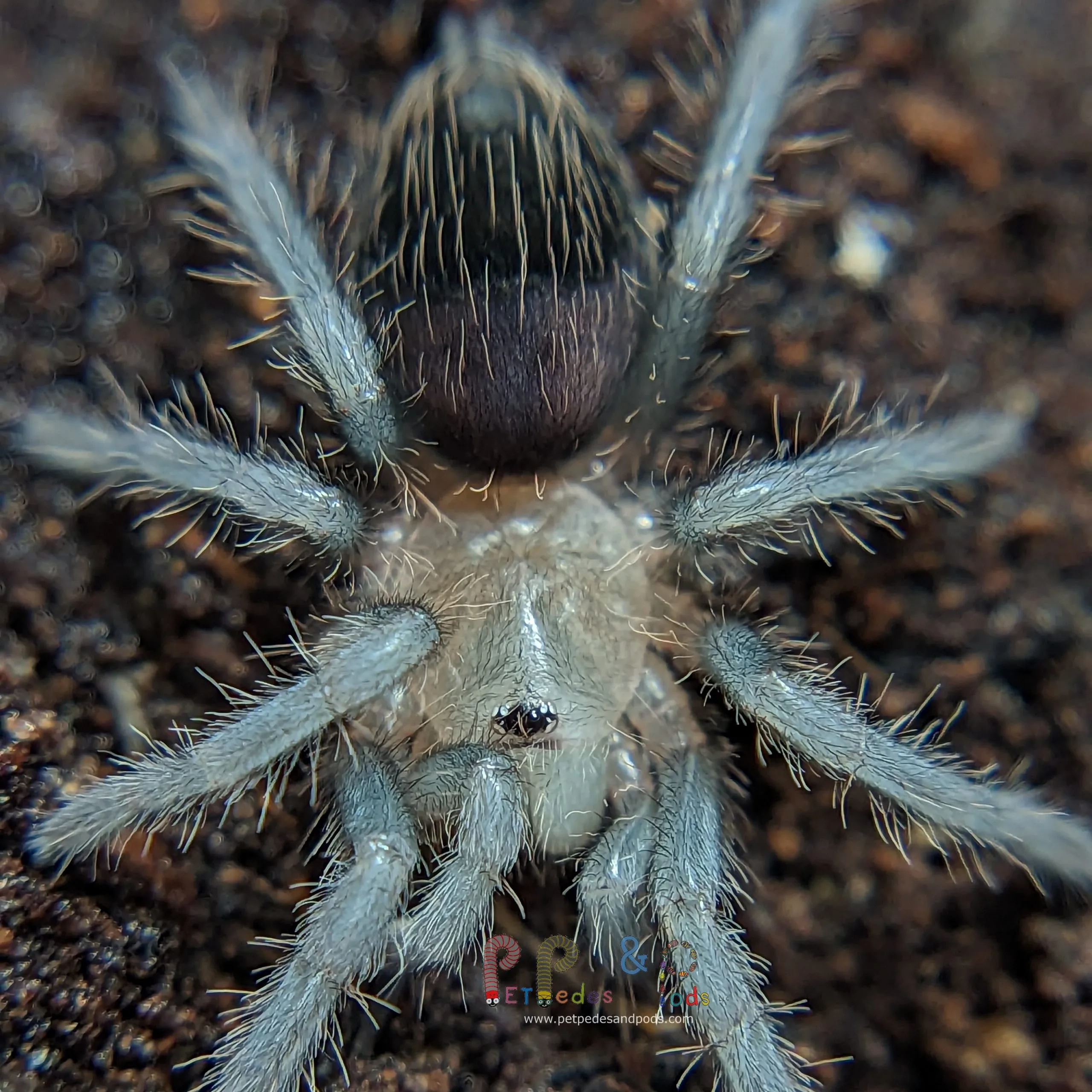
Even with the best care, Albiceps tarantula slings can encounter health issues. Recognizing these problems and addressing them promptly is crucial. This proactive approach allows you to address issues and provide the proper care your tarantula needs. Knowing how to recognize and address common problems ensures that your Albiceps tarantula sling remains healthy and thrives.
Moulting
Moulting is a natural process where tarantulas shed their exoskeletons as they grow. Slings molt frequently, often every few weeks or months. During this period, the sling may stop eating and appear lethargic. Avoid disturbing the sling during molting. Provide a humid environment, but do not mist directly. After moulting, the tarantula’s new exoskeleton is soft. Avoid feeding for several days until it hardens. Moulting is a normal process and a sign of a healthy, growing Albiceps tarantula sling.
Health Issues and Prevention
Several health issues can affect Albiceps tarantula slings, including dehydration, fungal infections, and mites. Dehydration is the most common and can be prevented by providing a consistent water supply. Fungal infections can occur in overly humid environments. Maintaining proper ventilation and regular cleaning will minimize this risk. Mites are tiny parasites that can infest the tarantula. Regularly inspect your tarantula and its enclosure for mites. Isolate and treat affected individuals if needed. Addressing problems swiftly and using preventative care will give your sling the best chance for success.
Caring for an Albiceps tarantula sling is a rewarding experience. By providing the correct enclosure, food, and maintaining proper environmental conditions, you can help your sling grow into a healthy adult. Observe and learn from your sling. With patience and understanding, you can enjoy the unique experience of raising a tarantula.
